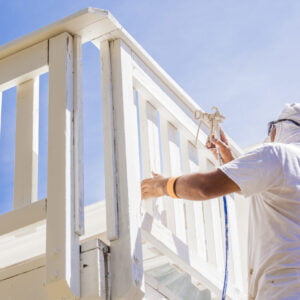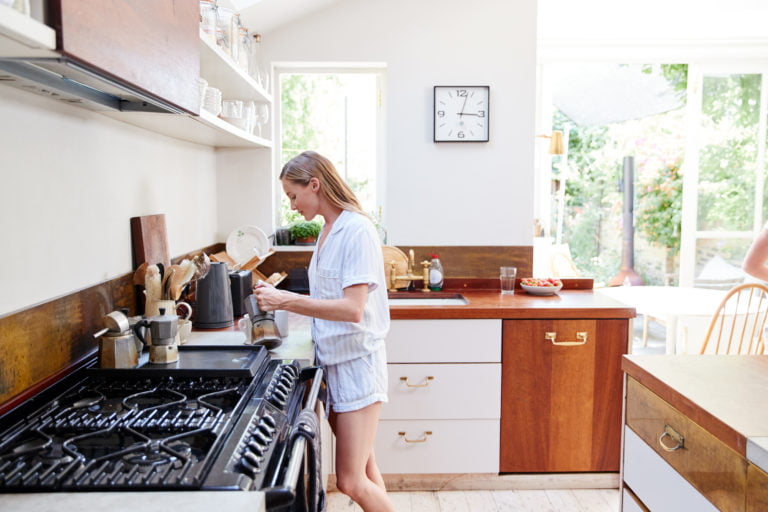There’s a lot more talk lately about how to be kinder to the environment and reduce our negative impact on the planet, especially in terms of the personal choices we make. As a homeowner, the decisions you make about how to design and maintain your home can have a real impact on the environment on both a local and global scale. While it can take some extra effort and investment to revamp your home and your habits, anyone with a genuine desire to help the environment will find that it’s worth it. Even for those interested in helping, learning about all the most recent trends in environmentally friendly home design is overwhelming. It can be challenging to know where to start or how to make a difference, so read on to learn more about five simple ways we can all be more eco-friendly at home.
1. Make environmentally friendly home improvements.
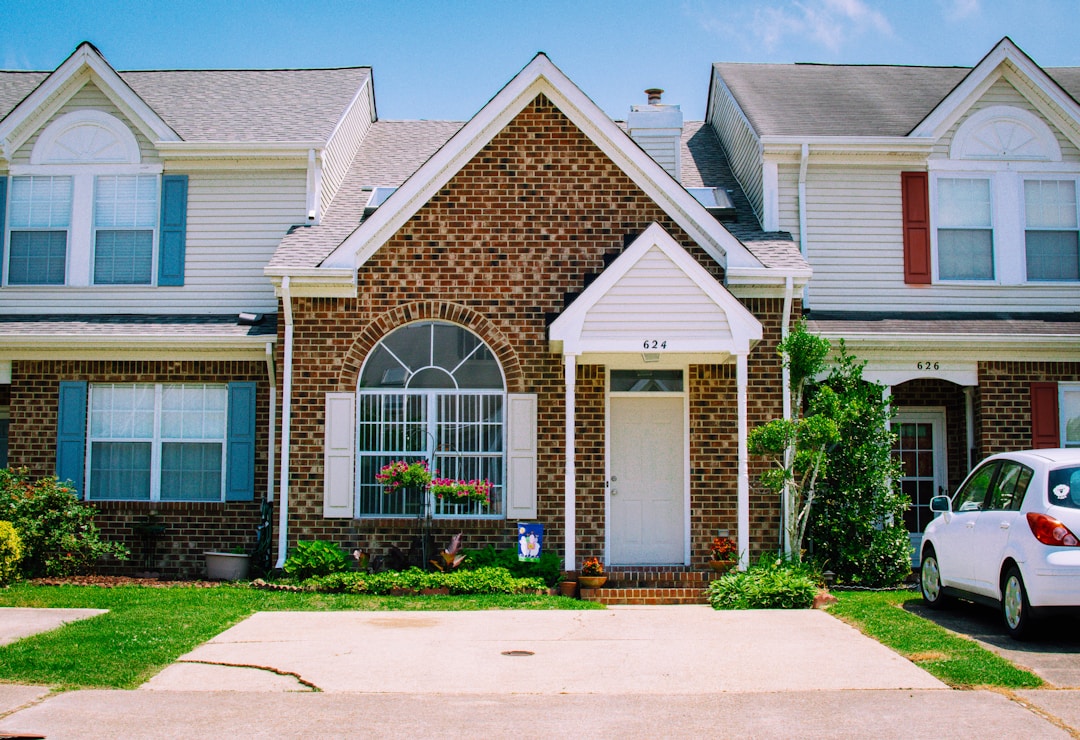
There are many home upgrades that can make a difference in helping the environment in both large and small ways. Improving the quality of your doors and windows, for example, can improve insulation, help with temperature regulation, and minimize the effect of hot and cold drafts on the interior of your home. This can take the load off your heating and cooling systems and reduce the amount of energy you’re consuming. Talk to a contractor and have them take a look at your home if you want to get an idea of what changes you could consider making. Companies like MLM Home Improvements make it easy for homeowners to make small changes to or even completely redesign the exterior of their home, siding and all.
2. Upgrade to a smart thermostat.
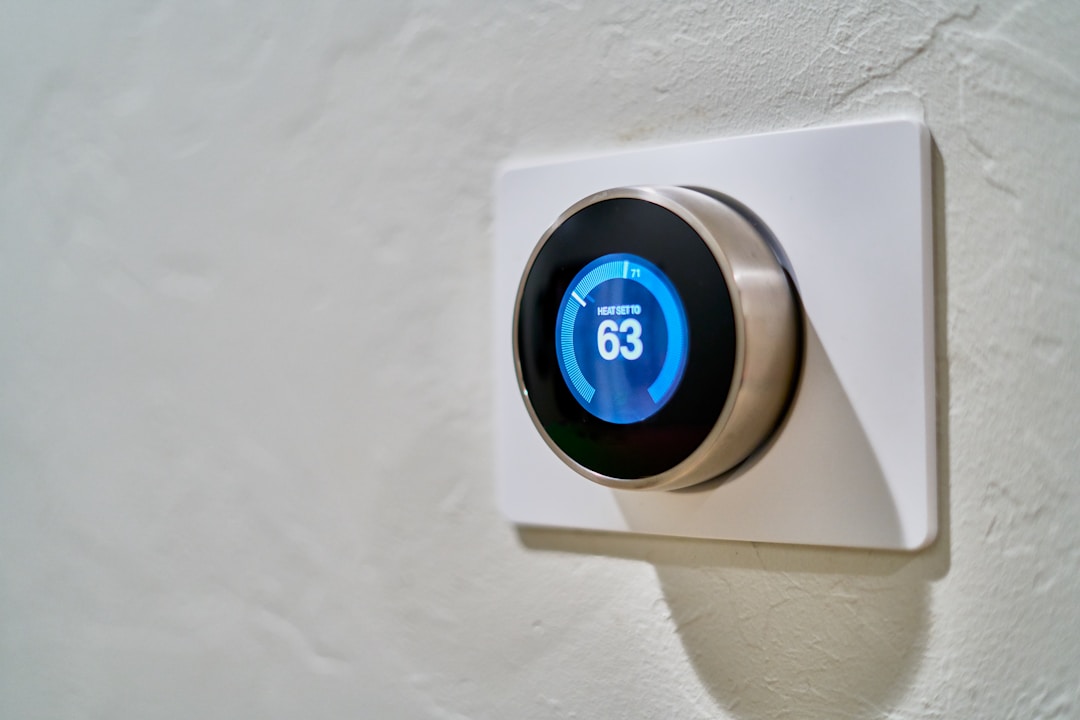
If you aren’t already familiar with the technology, a smart thermostat is a thermostat for your home that can be used via automation and often has features like being able to run on a timer or cool your home by zone. You may not realize it, but a smart thermostat can help you significantly reduce the amount of energy you use to cool your house in addition to saving you money on your utility bills. By allowing you to program exactly when you want your HVAC system to operate and what temperature you prefer, homeowners can avoid having the heating system or air conditioner running when they don’t need it.
3. Recycle thoroughly and creatively.

Think about all the areas in your life and in your home where you can reuse and recycle products, even ones that may not come to mind immediately. For those with access to a commercial kitchen through work or your personal life, you can encourage sustainability and make money by collecting used cooking oil. That cooking oil, in the form of grease, fats, and vegetable oil, can then be turned into clean-burning biofuel. Technological advances have made it possible to repurpose more products than ever before, so take the time to find out how you can help.
4. Consider installing solar panels.

Solar panels are a modern way to help defray high energy costs and reduce your dependence on non-renewable traditional energy sources like oil. Not only that, but buyers are starting to target homes with eco-friendly upgrades like solar panels when on the housing market. That means they can also be a great investment in the equity of your home and may help to pay for themselves down the road if you ever decide to sell.
5. Reevaluate the environmental impact of your lawn.
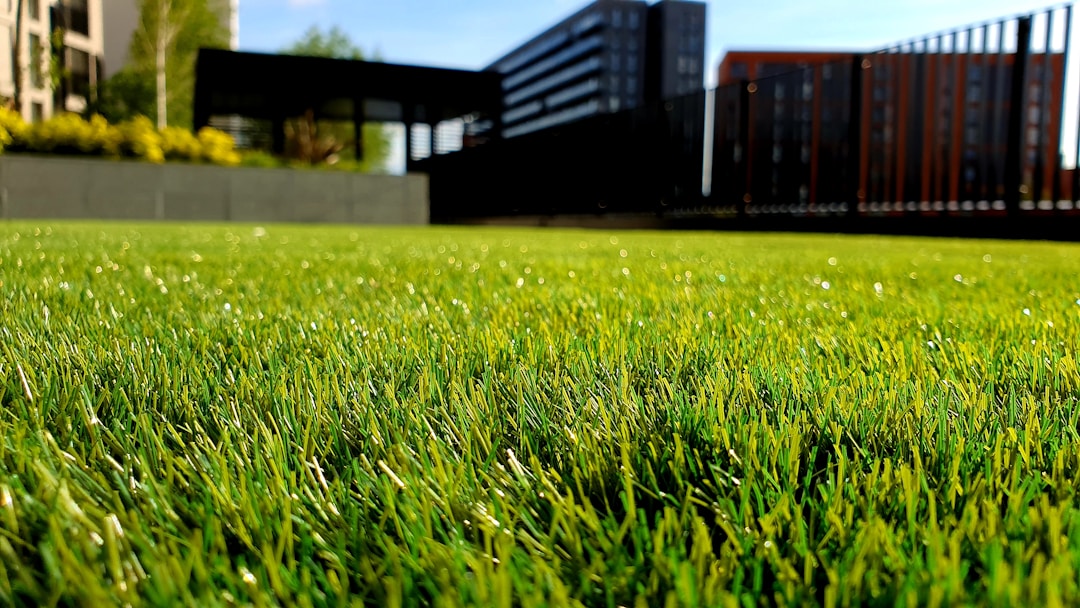
There has been a lot of discussion about the most environmentally responsible ways to maintain and care for a lawn. Many homeowners are starting to change the idea of what having a lawn means in dramatic ways, some foregoing traditional grass and greenery entirely. While not everyone will want to go that far, it’s worth investigating if there are ways you can reduce the environmental impact of your front and back yard.
Many industries are starting to experience a green revolution, and the housing market is no exception. For environmentally-conscious consumers, owning an eco-friendly home is a high priority. As an added benefit, many eco-friendly improvements can also save you money in the long term as a homeowner. While the upfront cost and additional work can be off-putting to some, many people will be surprised how easy it is to make a real difference when it comes to reducing their environmental footprint. It’s well worth the effort involved to make a change if you’re someone who cares deeply about improving our world and maintaining an eco-friendly home.





